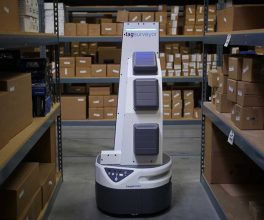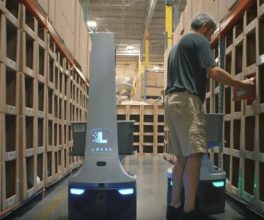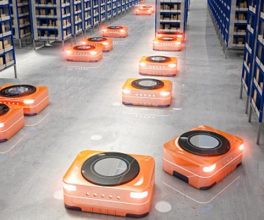Disruptive changes in distribution networks are dramatically reshaping current logistics models.
Sometimes it seems like things are changing so fast that we can hardly keep up with what’s going on around us in the world. For example, doesn’t it seem like smart phones and their current operating systems become “old” almost overnight? Can you imagine the impact of these constant changes on one’s supply chain? Well, if you can’t imagine it, you may be in trouble.
Chris Caplice, executive director of MIT’s Center for Transportaion and Logistics, identifies “Four Trends That Could Redefine Distribution in the U.S.” to help us organize our thoughts on the subject so that we can try to anticipate some of this. If we don’t, they can certainly create lots of inefficiencies in our current distribution networks. The four trends are:
Densification of Products—Back in the early 1990s household products companies transitioned to concentrated “ultra” laundry detergents, while portable computer storage has gone from floppy disks to thumbnail drives. This evolution has enabled companies to reduce the number of containers, trucks and railcars used in distribution networks and in some cases, potentially shift to other, faster modes such as air.
Diversification of Sales Channels—Omni-channel retailing has grown as e-commerce has taken off, where traditional retailers bundle online, mobile and traditional channels to compete for sales. This has resulted in omni-channel distribution to support this process. Products can be ordered online and shipped directly to the customer or in some cases “shipped to store” for customer pickup versus the traditional retail model. In some cases, stores have become distribution centers to supply e-commerce orders directly to customers. This has a significant impact on the distribution network structure and capacity.
Decentralization of Production—In the past, economies of scale were key, where massive manufacturing plants supplied your entire customer base. Now, with the global economy, and improvements in technology and processes, production can be decentralized into smaller, regionally-based manufacturing facilities (owned or sub-contracted) closer to population centers. This has had a significant impact on transportation and shipping patterns as well as lead times.
Digitalization of Products—There has been a long trend of movement from physical to information-based products, and not just books, music and movies, as it is now starting to happen to more traditional products. Think of the potential impact on Crayola on their “Color Alive” line of products, where a special app and crayon transform coloring by activating a virtual experience complete with color effects. This could drastically reshape their distribution needs as there becomes more of a reliance on digital technology and less on physical crayons.
So the disruption from these types of changes on our distribution networks and entire supply chains will dramatically reshape our current logistics models. The real question is: Will you be ready for them?
Author – Paul Myerson
Courtesy of https://www.industryweek.com/warehousing-and-distribution/distribution-disruption-ready-or-not-here-it-comes



































